New and announcements
🪨 The Materials Library at the University of Pennsylvania is a collection of around 10,000 material samples ranging from limestone to ultramarine pigments and everything in between. Recently, the library staff explored the potential of bioplastics through hands-on experimentation (pictured above). Inspired by student-led research, staff created DIY bioplastics using recipes no more complex than making Jello-O to better understand sustainable alternatives to petroleum-based plastics. Learning through making!
🍇 UC Davis continues to expand its wine research collections with a recent gift to help preserve the history of viticulture in San Luis Obispo County. Information gathered from more than 170 interviews, research materials behind 13 documentaries, artwork, wine labels, catalogs, maps, and tools (including historical corkscrews) will become part of the collection, which are being donated by Libbie Agran, founder of the Wine History Project of San Luis Obispo County. File this one under “dream job.”
🩺 Curatorial assistant Elizabeth Arterberry reviews a selection of materials from Indiana University Bloomington Libraries’ Notable Medical Books Collection, including works by Paracelsus, Andreas Vesalius, Gasparo Tagliacozzi, and other lesser-than-household names within the history of medicine. Though, as Arterberry points out, some of these texts were also some of the most plagiarized in that they provided excellent, practical examples for practicing doctors of their time.
🔥 The University of Chicago Library has created a Banned Books dataset internship to help improve the public’s understanding of (i.e. access to data about) books that have been challenged in U.S. schools and libraries. “The project involves migrating a standalone database to the Wikidata platform and will result in an open and sustainable resource that is widely available for public contribution and community stewardship.” This internship is only open to University of Chicago graduate students, but I love that it’s end product is an openly accessible dataset that will be useful to librarians, journalists, researchers, and educators around the world.
🧩 Students and staff at the Tisch Library at Tufts University recently completed a 60,000 piece puzzle. More than 100 students participated in the academic year-long which began in August 2024 and ended in April 2025. What a lovely simple community-driven student engagement project. I can only imagine what it felt like to unveil the completed 8’x29’ work… or the hesitancy of having to put it back inside the box.
💝 A small act of kindness nearly 30 years ago, i.e. giving a student a key to a study room, sparked a lifelong impact. Now a successful ophthalmologist, Nitin Gupta honored that pivotal moment at NC State’s Hill Library by establishing the Gupta Family Libraries Faculty Development Endowment. The fund will support librarian research, recruitment, and enrichment, recognizing the vital role libraries play in student success. “Gupta hopes to provide Libraries leadership with the means to build outstanding departments and programs through a well-supported staff.” Amen.
Notable mentions
- Lots of moves in library leadership happening. The Z. Smith Reynolds Library at Wake Forest has a new dean (i.e. Lauren Pressley, who will be amazing). UC Santa Barbara has a new university librarian. So does UC Riverside. And Steven Bell retired from Temple University Libraries.
- The Jim Alexander photograph collection at Emory University, which includes thousands of images of African American authors, athletes, artists and activists, received a $280,000 Getty Foundation grant.
- Jake over at Indiana University Bloomington explores miracle workers.
- MIT Libraries has a prize for open data work.
- Texas A&M University Libraries have books on a boat! (above)
On social
My name is pink. Something to take the edge off. A jet 2 holiday. The Nikki pose. The memes were coming in hot and heavy this month (because what else is there to do when the students and faculty are away), but instead of focused on those delightfully entertaining takes, here are a few oddballs that stood out to me.
The folks over at Alden Library of Ohio University have created their own socks. I’ve seen a lot of library merch in my day, but custom socks are a rarity and something that I have no doubt will be a crowd pleaser. There’s so much they could do with this: sock puppetry, the Risky Business slide, a library Dobby. 🧦🙌
This Reel from Stockton University‘s Bjork Library providing a construction update on their new learning commons wins for the intro shot alone. I hope they plan to use all that b-roll for some amazing before and after videos once the project is complete.
“Hey, I have a shark costume,” is how I imagine this video from Kansas State University Libraries probably got its start. You can tell they were having fun filming it: the way she almost loses her concentration just at the end.
Ok, I said I wasn’t going to talk about memes, but this one is worth highlighting. University of South Carolina Libraries played on the “This and…” trend with good photography and library moments that any student could identify with. It’s a template that I could see other libraries easily adapting.



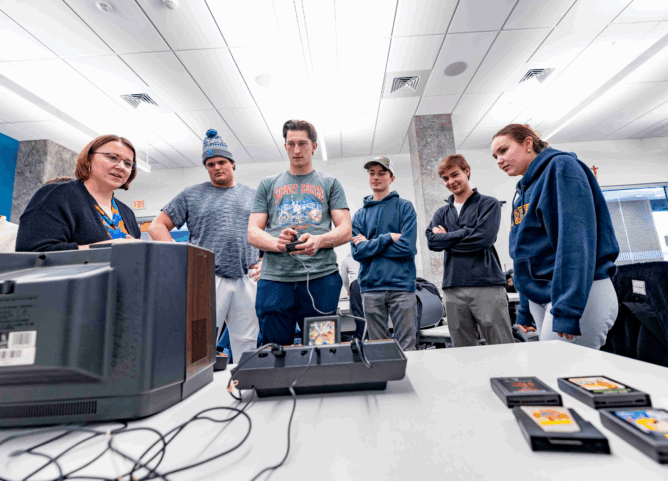
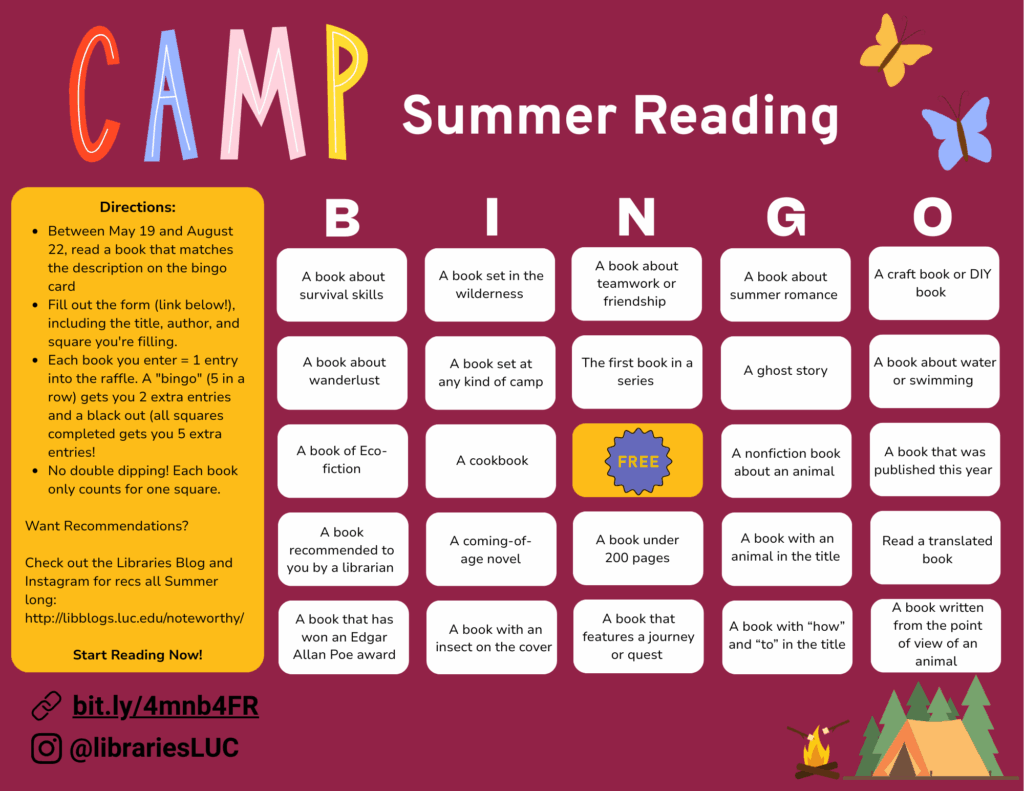

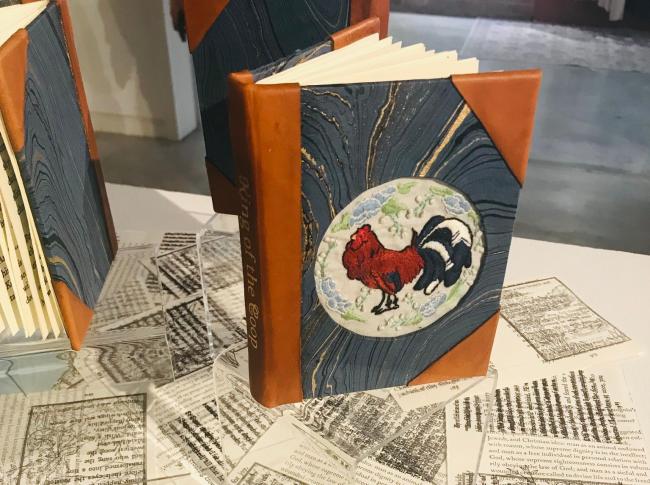



 ✏️
✏️ 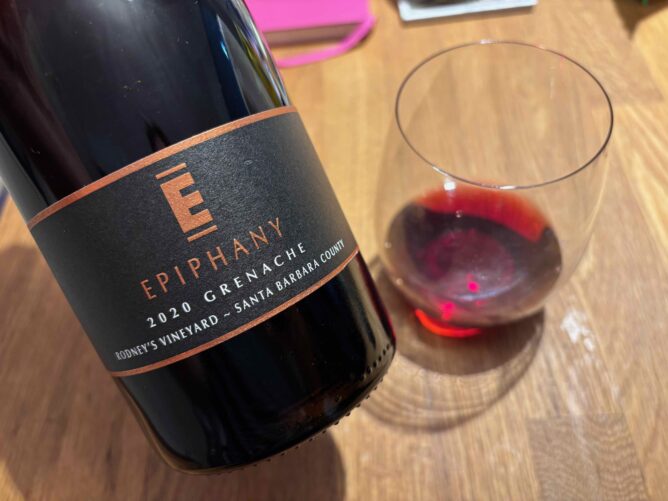

 The
The 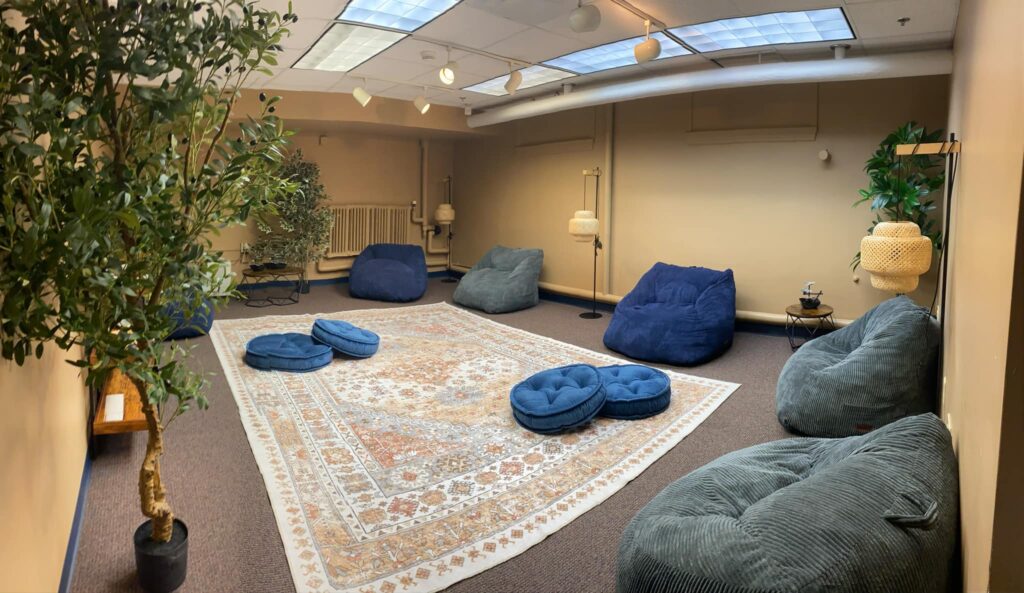


 🪴
🪴